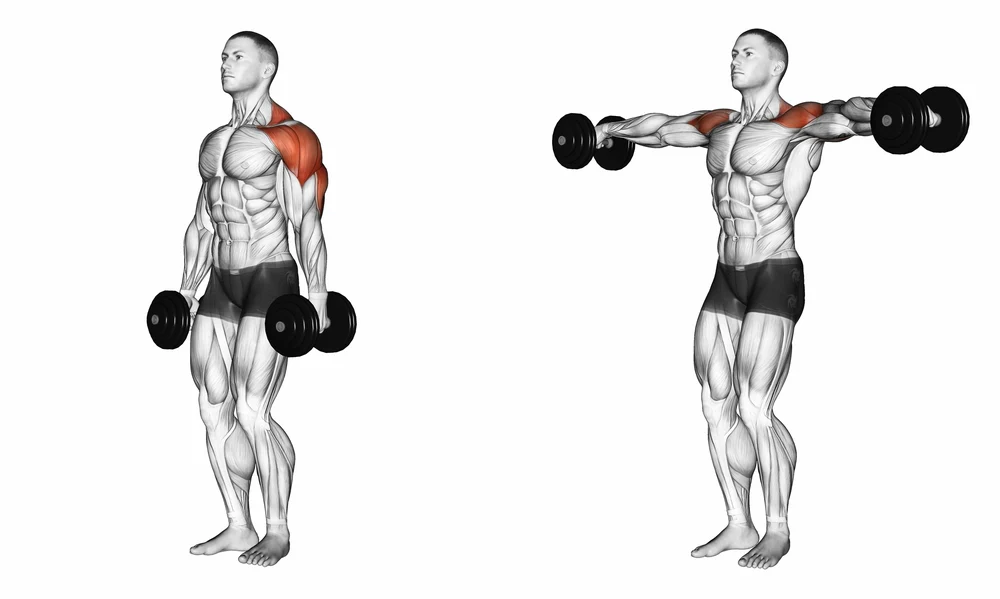Understanding the DB Lateral Raise
The DB lateral raise, often referred to as the dumbbell lateral raise, is a staple in many athletes' and fitness enthusiasts' upper body training routines. This exercise primarily targets the shoulders, specifically the lateral deltoids, playing a crucial role in building shoulder width and improving overall upper body aesthetics. Whether you’re aiming for that sculpted look or trying to enhance your strength, the DB lateral raise is a highly effective exercise to incorporate into your workout regimen.
Why Incorporate DB Lateral Raises?
The lateral deltoids often require isolation through single-joint exercises to enhance muscle hypertrophy and strength. Unlike compound movements that engage multiple muscle groups, the DB lateral raise focuses solely on the deltoids, providing optimal muscle activation for growth. Additionally, strengthening the shoulder girdle aids in better stability and injury prevention, crucial for athletes and gym-goers focusing on heavy lifts or sports that demand high-intensity shoulder performance.
Proper Technique: How to Perform a DB Lateral Raise
Executing the DB lateral raise with proper form is essential to maximize its benefits and minimize the risk of injury. Follow these steps to ensure that you're performing the exercise correctly:
- Stand upright with your feet shoulder-width apart, holding a pair of dumbbells at your sides with a neutral grip.
- Keep your core engaged and your back straight. A slight bend at the elbows is acceptable to reduce joint strain.
- Exhale as you raise the dumbbells outward and upward until your arms reach shoulder level. You should feel your lateral deltoids engaging as you lift.
- Ensure your palms are facing down throughout the motion to maintain proper form.
- Inhale as you slowly lower the dumbbells back to the starting position, maintaining control and avoiding any swinging motion.
Common Mistakes and How to Avoid Them
- Using Excessive Weight: While it might be tempting to lift heavy, prioritize form and controlled movement over the amount of weight. Using a weight that's too heavy can lead to poor execution and increase the risk of shoulder injury.
- Engaging Upper Traps: Many people accidentally activate their upper trapezius muscles by shrugging their shoulders. Focus on isolating the lateral deltoids by keeping the shoulders down and relaxed.
- Swinging the Weights: Avoid using momentum to lift the dumbbells. Instead, perform slow and controlled lifts to effectively target the right muscles.
Variations to Spice Up Your Routine
To keep your workouts fresh and continuously challenge your shoulder muscles, consider incorporating these variations of the classic DB lateral raise:
- Seated Lateral Raises: Performing the movement seated can help further isolate the deltoids by reducing any momentum from the lower body.
- Cable Lateral Raises: Using cable machines can provide constant tension on the deltoids, intensifying the exercise and offering a different resistance curve.
- Incline Bench Lateral Raises: Lying face down on an incline bench can help support the back, focusing more intensely on shoulder activation.
Final Thoughts
The DB lateral raise is an excellent exercise to incorporate into a well-rounded workout program. Not only does it enhance shoulder aesthetics, but it also contributes to overall shoulder health and stability. Remember, consistency and proper form are key components in maximizing the benefits of this exercise. Always prioritize technique over weight, and don't shy away from trying different variations to see what works best for your fitness goals.

